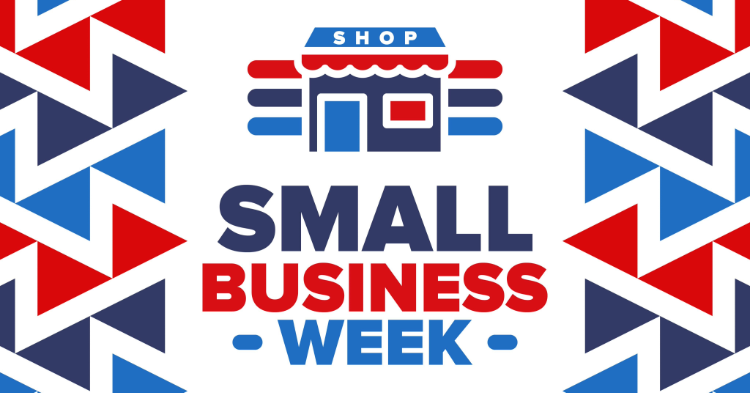Big Data for Small Business Owners

Smartphones, tablets, computers, internet searches, online shopping carts, social media and the Internet of Things (IoT) are all part of big data. Even though big data is not a new concept, for small business owners, how they can use all this information is just starting to be explored. While it may seem like only large corporations with hefty budgets can afford big data analysis tools, small businesses are beginning to find ways to take advantage of data analysis. And it’s worth the effort. Here are just a few of the many ways your small business can make use of big data:
Your Customer Information is a Great Source of Big Data
You have a ton of information about your customers whether you realize it or not. You can look at patterns in your sales records, leads, online shopping carts and website analytics to learn who your customers are and what they want from your business. For example, you can see if website visitors keep abandoning their online shopping cart at the same stage of the sales process. When you amass together all of the information you have from paper and digital files, analytics tools and social media, you can get a good idea of your target market and where you need to improve (and where you might be strong) with certain sections of your customer base. Some of the most useful customer information you can gather from big data is:
- Customer motivation
- Buying decisions
- Preferred shopping methods
- Customer turnoffs or issues
- Complementary products
Once you understand these aspects about your customers, you can better develop your products, services, stores, online shopping carts and other operations within your business. You can’t make sales if you don’t provide your customers with what they want.
Use Big Data to Identify Trends and Enable Better Forecasting
Once you have a better sense of your customers and their patterns, you can identify trends to help with your forecasting, ordering and supply chain management. Inc Magazine provides several great examples of how real companies use big data trends to make adjustments to their businesses. The first example involves Twiddy & Company, a property management company for the Outer Banks islands that noticed their rentals dropped off the week after the Fourth of July year after year. Armed with this knowledge, Twiddy recommended that homeowners should tweak their prices for that week, which has led to a 10 percent increase in inventory and more customer recommendations for them as property managers.
Big data trends can help you beyond pricing. Another one of Inc’s examples involves bad weather, customer attendance, and employee shifts at a zoo in Washington. For any given weekend, the zoo pulls data from the National Weather Service and its historical attendance records to see how many customers would visit. This enabled them to schedule the right amount of employees for the weekend, ensuring they didn’t overspend on employee pay while still providing excellent customer service.
Use Big Data to Improve Operations
Your small business is lean and efficient out of necessity since you don’t have a lot of extra employees or finances to fall back on. It may seem like you’re doing everything you possibly can to make your business run smoothly; however, big data may show you otherwise. When you identify and analyze trends like those above, you may find that you’re stocking too many or too few of certain products or that the weather seems to mess up your driver routes on a consistent basis. Use big data to track every step of your business operations to see if it shows areas where you can improve your supply chain, employee processes or product development. This data can be gathered from smart tools, such as sensors, GPS check-ins, smart gadgets and the IoT.
Make Smart Sales and Marketing Decisions Using Big Data
Big data for sales and marketing is intricately tied into customer information. You can start using the data to track your leads. You should know where they came from, such as an email marketing campaign, social media, internet search or word-of-mouth recommendation, so you can replicate this success in the future with a similar campaign or strategy.
Tracking trends and behaviors from other companies is also recommended. As a small business, you may have trouble gathering a large enough sample size when conducting A/B testing, for instance. With big data tools, however, you can see A/B tests run by similar organizations to yours to see what the data shows. You then can use the information to make adjustments to your own business without spending a lot of time or money.
Big data isn’t just for the big businesses out there. Your small business can take advantage of free or budget-friendly analysis tools to help you improve and scale every part of your organization. From tracking your leads to updating your social media pages, you are bombarded with information that can better inform your business decisions. Don’t ignore or take this data for granted, but use it to make your business a better place to work and a better place to shop for your customers.
Find the right funding for your business.
Term loans up to $250K. Lines of credit up to $100K.
No obligations and no hard credit pulls.




